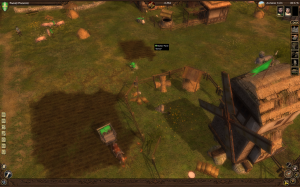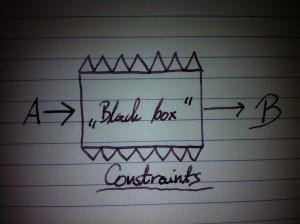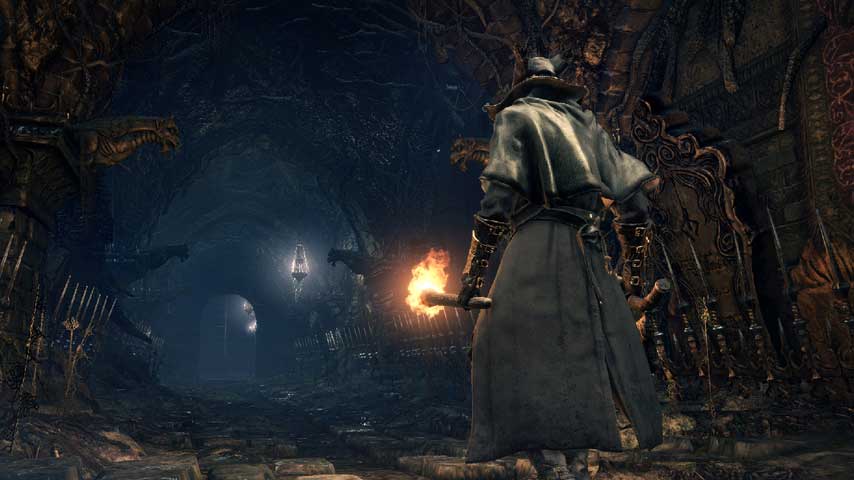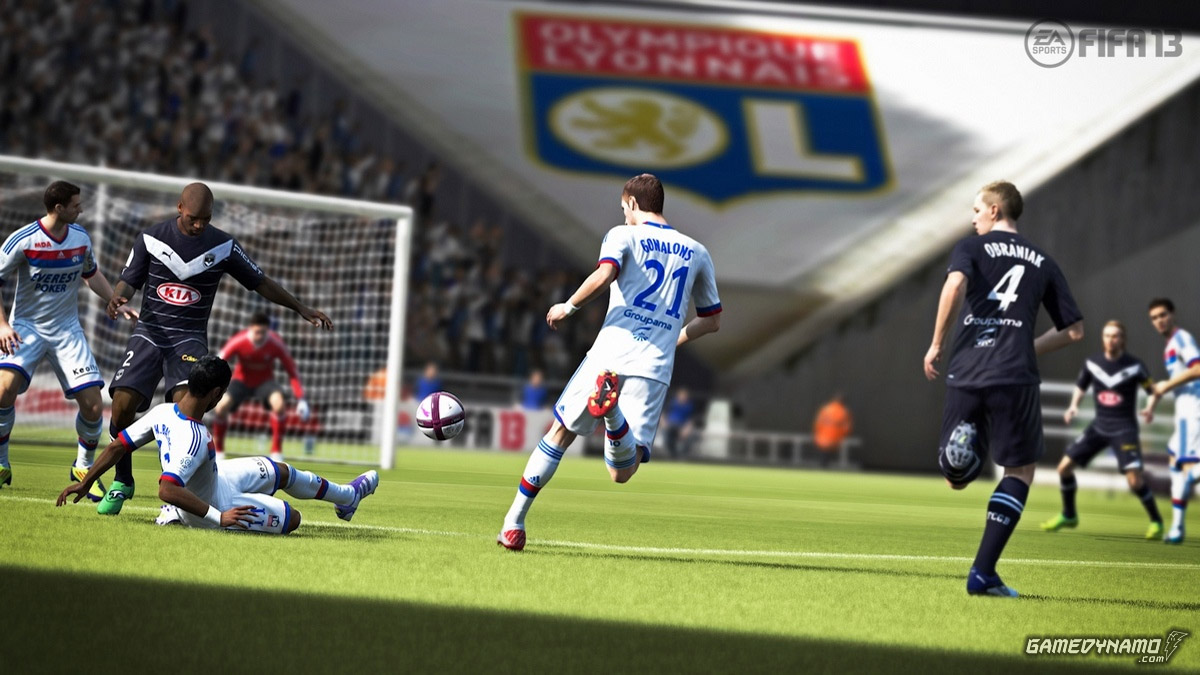


The Guild 2 is all about process optimization. One of the most important issues here is minimizing the distance travelled by yourk work-in-progress goods. You want your farms close to your mills! The same goes for production in the Settlers series!
In every game there are some processes. You start at A, go through various steps and arrive at B. Between these two states is a “blackbox” – you know, where you are, you know where you want to get, but the real question is: “How to get there?”. What I would add is: “How to get there efficiently?” We want to optimize these steps – and hopefully simplify them as well. Where does it lead us? Into the realm of process optimization. What does it make you? An efficient gamer.
This article is a part of our series “Gamers, get your suits on!” on application of management skills and common sense in computer games. You can find the rest of articles here.
You think it is a concept useful only for economy games enthusiasts? Hell no! Let’s start with an example from good, old Counter Strike: Source. As most of you know, when each round starts, players of opposing teams rush to cover good positions before the enemy does. Time is crucial here, but at the beginning of each round you also have to buy your equipment. You also have a 5-second timer, when characters are frozen.
This here is a great example of both the importance and practice of process optimization. What we have is a couple of steps you need to complete:
Ok, so how to approach that task? First, take a look at what you can do in parallel. Obviously, you can save some precious time, buying your equipment while being frozen. Even more, you can also quickly discuss tactics with your team at the same time, if you are a multitasker. Next, you’ve got a logistics problem – how to move to your position? What is the shortest way? Got it? GO! You’ve just optimized that process.
What is very important here is determining what your need is. Remember, that a “product” is not necessarily something tangible – it is a mean of satisfying some need, it serves a particular purpose. If you make military units in Civilization V, your main objective is getting new units on the frontline ASAP, instead of having them just for the fun of it. Therefore, while optimizing that process, think of the issue of logistics as well. Yes, you can build them in your fancy military-production optimized city far-far away – and it might take you just one turn per unit. But if you are fighting, getting them there might take much longer, than making the same unit in a smaller city instead, which is close to the hot-spot. The delay caused by logistics might otherwise result in your defeat.

This is how processes look like. You have your starting point, your desired result, some constraints and a black box in the middle. Try to optimize the black box!
Ok, so now you see the importance of determining your desired outcome accurately. Think of your constraints – these are typically time and resources. Given your “A”, “B” and constraints you have a basic framework for process optimization. And a big black box in the middle. So now, it’s time to fill the void!
You can start from “B” – this is the typical scheme. You know, what you want. You want military dominance. This is your “B”. In order to achieve that, you’ll need your troops. In Civilization V, it is quite straight-forward, so let’s use another example: X3:Terran Conflict – one of my personal favourites. In order to achieve military dominance in a sector I’m interested in, I will need space-ships – a number of Falcon Hauler fighters will do. I buy the ships – but equipping them is the hard part. Let’s take the simplified model (economy in X-series is extremely complex – I guess that’s why I love those games so much!):
Falcon Hauler from X3:TC – these ugly beasts are like tanks! Best fighters for AI. (source: X3TC.RU)
I need some guns, shields, ammo and rockets for my brand-new fighter wing. Ok, that’s easy – build the factories. But I need to supply them with food, iron and energy cells. Yes, I might build a massive self-sustaining complex, that would supply all of these, but:
- I want most of the factories in my heavily-defended core sectors. I want to make sure that most of my massive investment is safe.
- In order to gather massive amounts of ore and silicon required, I have to import it from other sectors.
- The efficiency of solar plants (producing energy cells) in that sector is low. Since these are extremely expensive, making up for that by using more of them would be extremely expensive.
I have my “A”, “B”, my constraints and I know the major steps within the “black box”. Now, it’s time to optimize.




 FIFA Soccer 13 Achievements / Trophies Guide
FIFA Soccer 13 Achievements / Trophies Guide The builds that broke Fallout 4: The Infiltrator
The builds that broke Fallout 4: The Infiltrator The Elder Scrolls III: Morrowind is Ten Years Old and Still Going Strong
The Elder Scrolls III: Morrowind is Ten Years Old and Still Going Strong Assassin's Creed 3 Guide: One-Man Wolf Pack Guide
Assassin's Creed 3 Guide: One-Man Wolf Pack Guide Creating Bedlam with Christopher Brookmyre
Creating Bedlam with Christopher Brookmyre